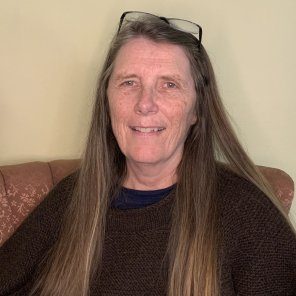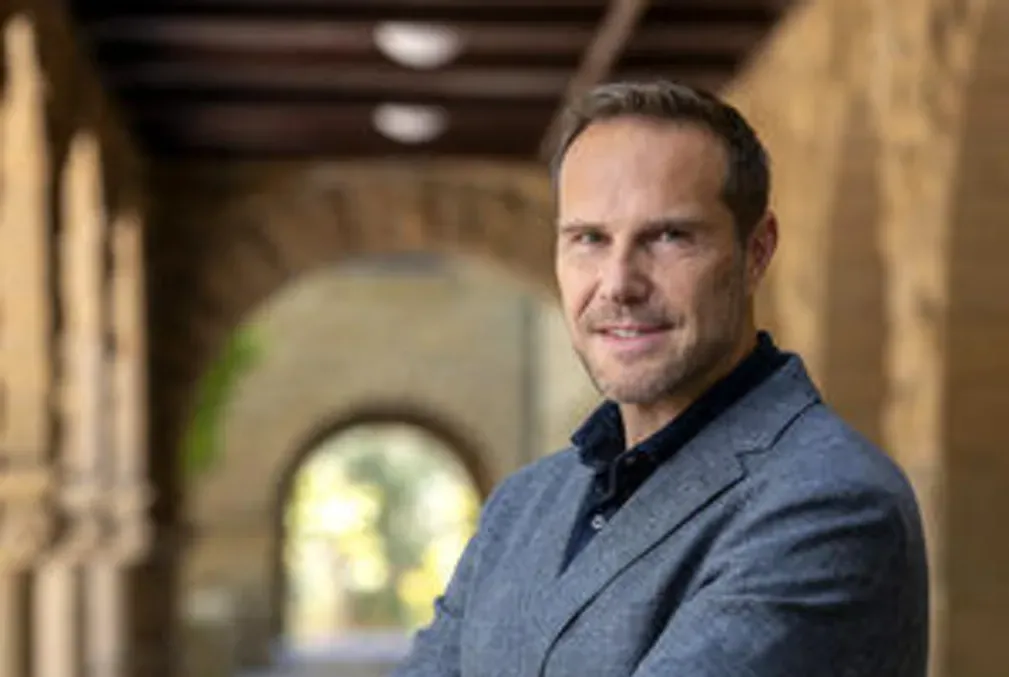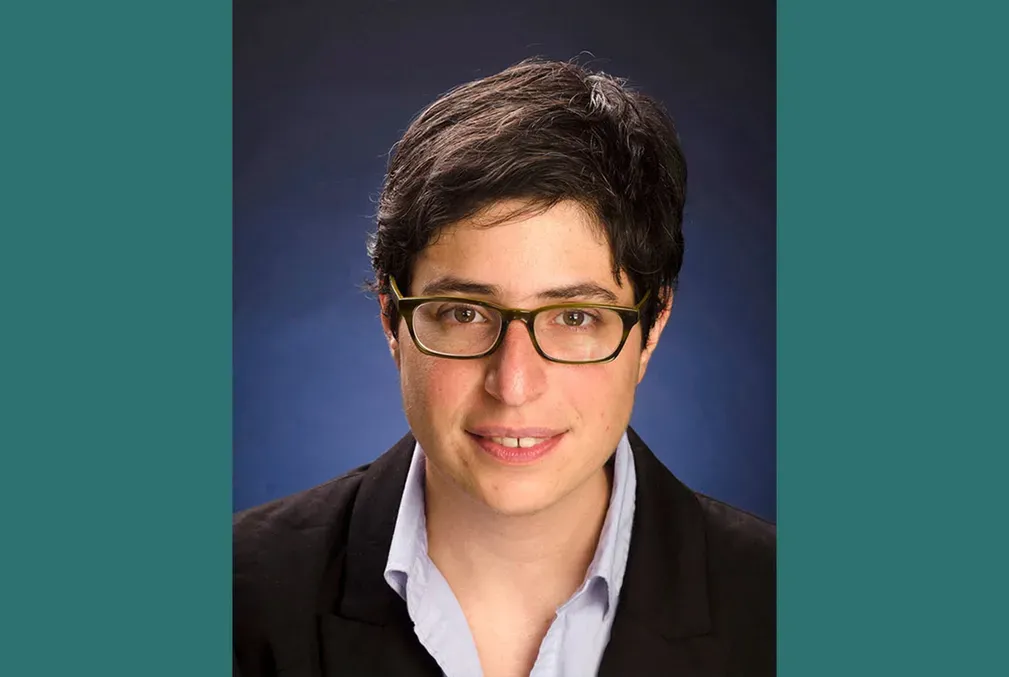
Feminist art installation holds lessons 50 years later
While everyone is spending more time at home, Stanford’s Peggy Phelan looks back at an iconic feminist art installation for lessons on how to move forward
Sometimes the present not only reflects the past but also mirrors it a little too closely for comfort. For Peggy Phelan, the Ann O’Day Maples Chair in the Arts at Stanford, being back in the domestic world all day every day, due to the pandemic, felt like a regression. “I became the woman, not of the house, but the ‘womanhouse,’ doing more dishes and cleaning than I had for years,” said the single mother, who has a child at home.
For Phelan, the regression was also an opportunity. It prompted the scholar, a professor in both the Departments of Theater and Performance Studies and English in the School of Humanities and Sciences, to revisit the impact of the iconic Womanhouse feminist art installation in Los Angeles. Fifty years ago Womanhouse, created by students and instructors in the newly launched Feminist Art Program at the California Institute of the Arts, was one of the first of its kind to pose questions about female domesticity.
“As all this was happening, I felt sucked back into a historical moment that I thought had passed,” said Phelan, who shared her reflections during Women’s History Month. As much research has shown, the pandemic has and continues to disproportionately affect women, who have left the workforce in large numbers to care for children and households.
Revisiting Womanhouse with the knowledge of this moment allowed Phelan to pose new questions about its impact and about where society is 50 years later in terms of feminism. “Why do we, as a society, have so little in place that will get us through this moment?” she asked.
Phelan, who is currently a fellow at Stanford’s Clayman Institute for Gender Research, also noted that all the artists who created the 1971 installation were white. “In an event that is widely regarded as a beginning point, what’s not spoken about is as interesting as what is,” she said. Those issues that were not directly addressed at the time include issues of race, sexuality, ethnicity, and socio-economic class.
Ground-breaking installation
In 1971, artists Judy Chicago and Miriam Shapiro teamed up to create a new installation in an abandoned 17-room mansion in Los Angeles. Chicago had been teaching art practice as a faculty member at Cal State, Fresno, coaching a cadre of young women in how to create art that reflected being female. Many of those students came with her to Los Angeles to join the Feminist Art Program at the newly created California Institute of the Arts, which sponsored Womanhouse.
After doing the renovation work on the house themselves, including hammering, building walls and painting, the young artists, along with Chicago and Shapiro unveiled the installation to popular acclaim. More than 10,000 people came to see the exhibition and thousands more have seen the films, newspaper articles, and broadcasts that documented the show. Most famously, it included a menstruation bathroom designed by Chicago and a pink kitchen with eggs that morphed into women’s breasts as they climbed the walls.
“The kitchen made literal the idea that women are runny eggs, dripping and oozing out of their own bodies into the walls of the house,” Phelan said.
Womanhouse also included performance pieces, which was part of a larger movement in performance at that time to make literal work. For example, performer Sandra Orgel stood behind an ironing board and ironed identical sheets over and over, demonstrating both that a woman’s work is never done and the banality of housework, said Phelan.
“I think that the deep-seated association between women’s bodies and childbirth has produced a social practice in which the infant’s genuine need for care becomes the anchor for an ideology that fuses together women, domesticity, and child care. It has proven very difficult to dislodge this ideology and fifty years after Womanhouse, we have made depressingly little progress,” Phelan said. “There are now lots of different ways that families are formed – adoption, surrogacy and trans bodies, so we have to stop being so linear.”
Another thing that Womanhouse illustrated, which was new at the time, was pointing out through art the drudgery of housework. “One of the things those performances were trying to do was to bring thought and consciousness to those domestic tasks because they usually require little thinking. That dullness may be part of the reason we have become culturally apathetic, almost dead, to the economy of that labor,” Phelan said.
Delving into campus resources
Revisiting Womanhouse as a Stanford scholar, Phelan has been aided by the rich resources housed in the Stanford University Libraries and Archives, many of which came from the personal collection of feminist artist and filmmaker Lynn Hershman Leeson. Audio and video clips of Chicago and other feminist artists working in the early 1970s are part of that collection. Stanford also has the original, rare catalog of the installation designed by Sheila Levrant de Bretteville and a film about it. “I want to bring attention to those collections,” Phelan said. These include interviews with several of the artists, commentaries by critics, and reflections by artists and scholars.
One important reason for bringing renewed attention to early feminist art practice is because the pandemic has cast a new light on the high levels of inequality for women in our society, Phelan said, noting that the effects have been particularly felt by those who are dispossessed, Black, Indigenous or people of color.
Many women have lost their jobs or left the work force to care for children at home. Others have suffered the added stress of working in front-line jobs, while also trying to juggle obligations at home. “We saw a regression of women’s lives; we lost 50 years if not more,” Phelan said.
While going backward is not the goal, Phelan noted that there may be lessons to be learned from those early feminist artists. They insisted on having separate studio space to create their work, because they knew they couldn’t create art that reflected the feminine experience in the male-centered art world of the time.
“What was remarkable was the conviction in 1970 that what we have set up doesn’t work for women,” said Phelan. “We may be at that point again. The Me Too Movement, the persistence of sexual assault, the wage gap, the everyday sexism we all face, we have an awareness of the set of problems but don’t yet have the solution.”
Phelan said the challenge for the next generation of experimental feminist artists is to create experiments that “can really seed a field and begin a whole new way of thinking.”





